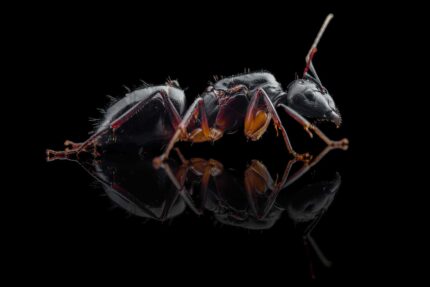
Camponotus kugleri
$112.65 – $162.12Price range: $112.65 through $162.12

Camponotus lateralis
$27.45 – $87.91Price range: $27.45 through $87.91
Camponotus largiceps
$57.68 – $90.66Price range: $57.68 through $90.66
SKU:
AOTA299
Category: Ants
Tags: ant, Ant Atlas, ant colony, ant on top, antontop, atlas, Atlas de hormigas, Atlas Mrówek, Camponotus aethiops, Camponotus arnoldinus, Camponotus laevigatus, Queen of ants
Worldwide shipping
Free delivery over 999 PLN
The highest quality of goods
Live delivery guarantee
24/7 Personal Support
Fair Prices
Description
Camponotus largiceps is a species of ant with a distinct size and color. It requires specific nutrition and humidity levels, as well as temperature guidelines for proper development. Overall, Camponotus largiceps is a unique species that requires specific care and conditions for optimal growth and development.
Additional information
| Behavior | |
|---|---|
| Difficulty in breeding | |
| Origin | |
| The size of ants | |
| Wintering |
Description
Camponotus largiceps
- Colony Type: Monogyny
- Colony Size: Up to 5,000 workers
- Development Rate: Medium
Size
- Queen: 17-19 mm
- Workers: 6-11 mm
They have an impressive head size, hence the name “largiceps,” which translates to large head. The ants exhibit an intriguing variety of colors, ranging from black to reddish-brown, which adds to their visual appeal.
Nutrition
- Food insects (such as cockroaches and crickets) dead, or live if colony is big
- Syrup (a mixture of water and honey or sugar, with a ratio of 3 water:1)
- Fruits and vegetables
- Jelly
- Cooked chicken without salt, shrimps
- Honey
Don’t forget to check out our food products to ensure a well-balanced diet for your colony!
Humidity and Temperature
- Humidity: Arena: 50-70%, Nest: 50-70%
- Temperature: Arena: 24-30 °C, Nest: 22-26 °C
Recommended Nests for breeding
- Acrylic nests
- Cork nests
- Ytong nests
- Gypsum
Reviews
Rated 0 out of 5
0 reviews
Rated 5 out of 5
0
Rated 4 out of 5
0
Rated 3 out of 5
0
Rated 2 out of 5
0
Rated 1 out of 5
0
Be the first to review “Camponotus largiceps” Cancel reply
Related products
Anochetus modicus
$109.90 – $175.86Price range: $109.90 through $175.86
Select options
This product has multiple variants. The options may be chosen on the product page
Aphaenogaster dulcineae
$16.46 – $41.20Price range: $16.46 through $41.20
Select options
This product has multiple variants. The options may be chosen on the product page
Azteca forelii
$137.38 – $228.07Price range: $137.38 through $228.07
Select options
This product has multiple variants. The options may be chosen on the product page
Brachymyrmex laevis
$43.94 – $153.87Price range: $43.94 through $153.87
Select options
This product has multiple variants. The options may be chosen on the product page
Camponotus aeneopilosus
$109.90 – $195.09Price range: $109.90 through $195.09
Select options
This product has multiple variants. The options may be chosen on the product page


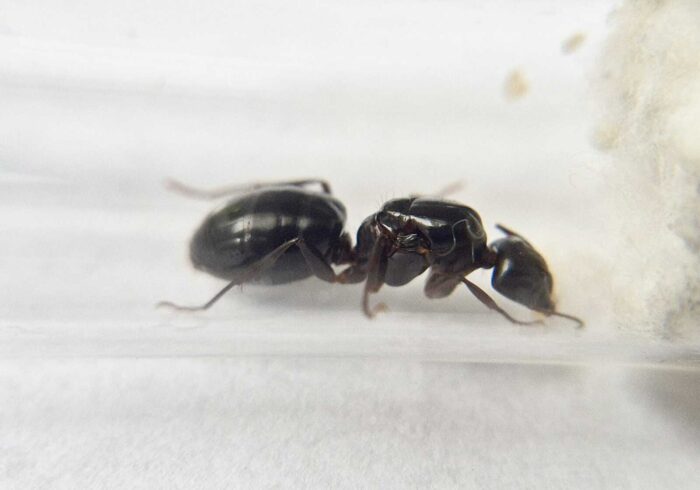
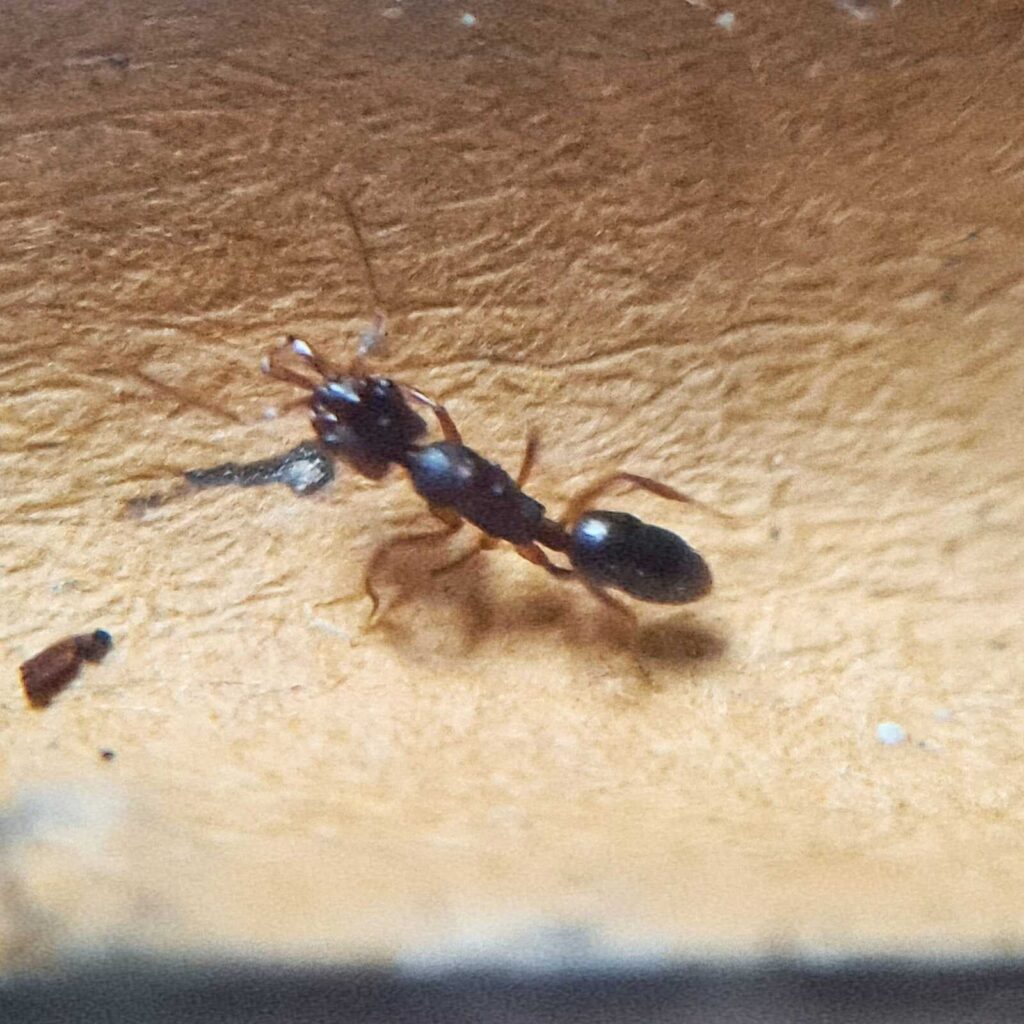
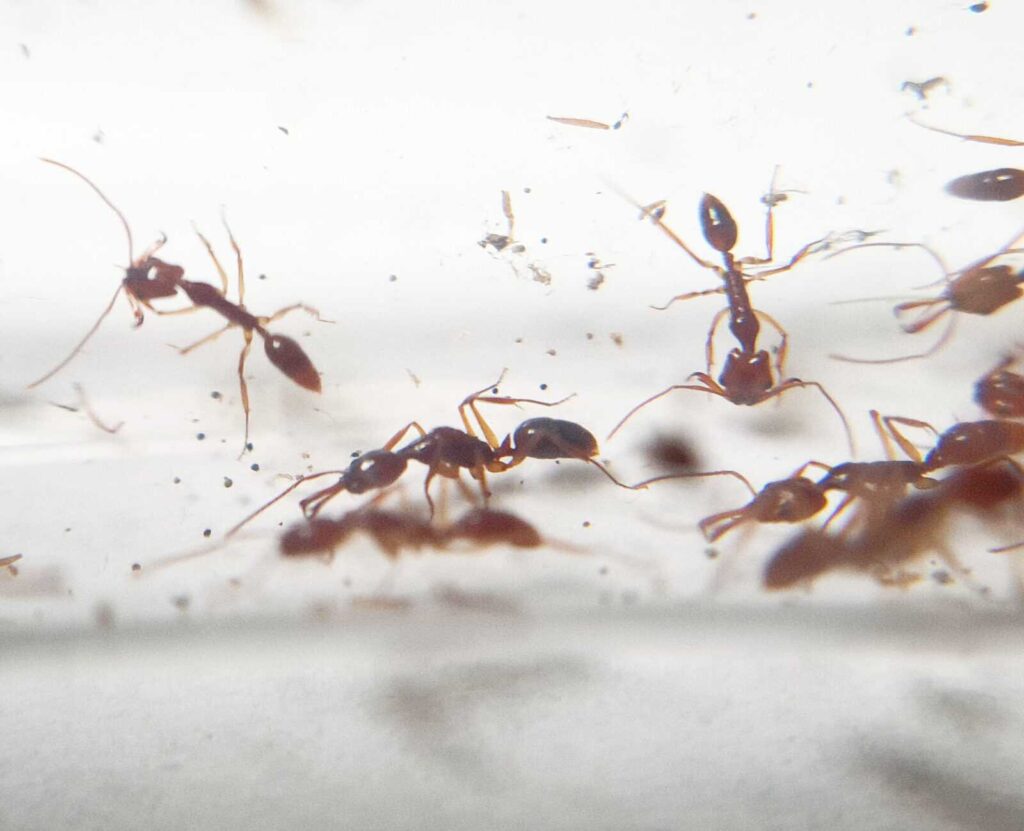
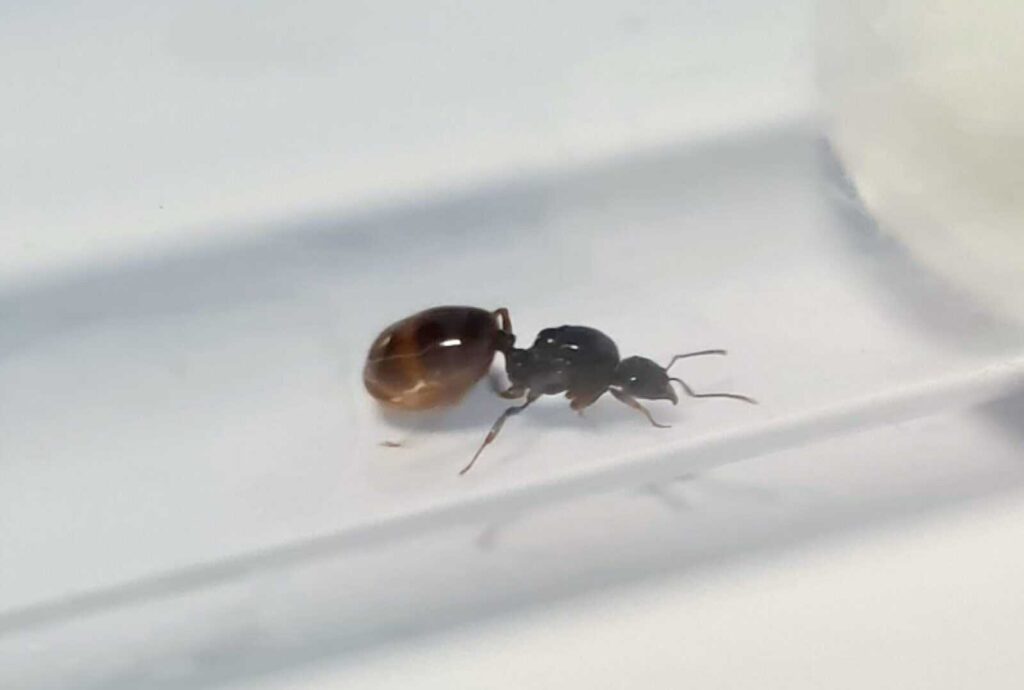
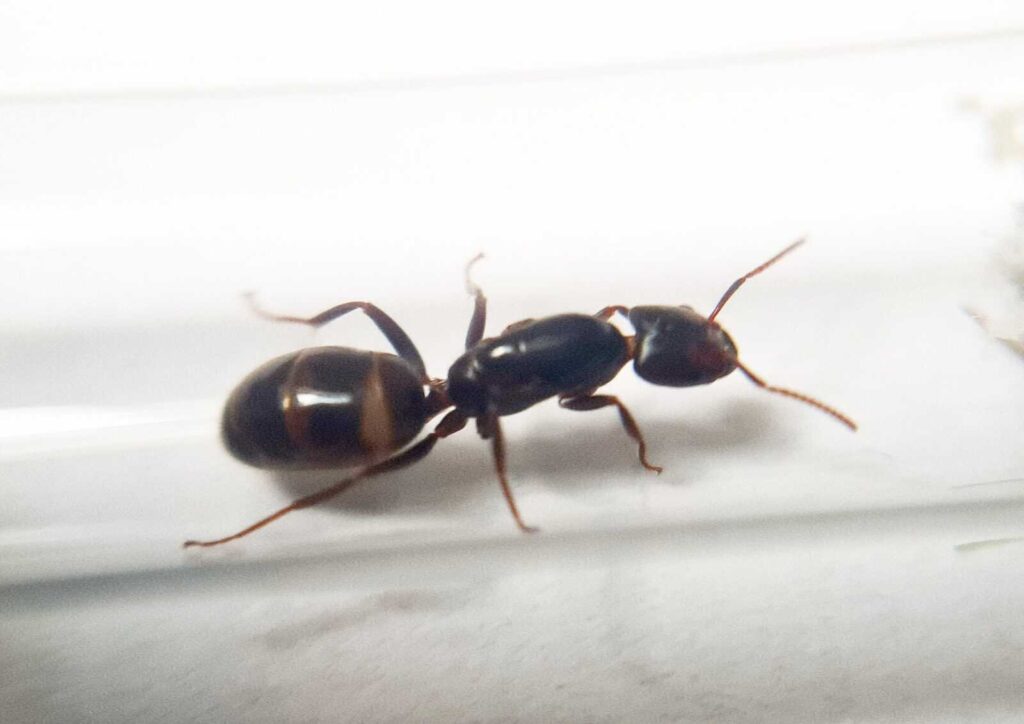
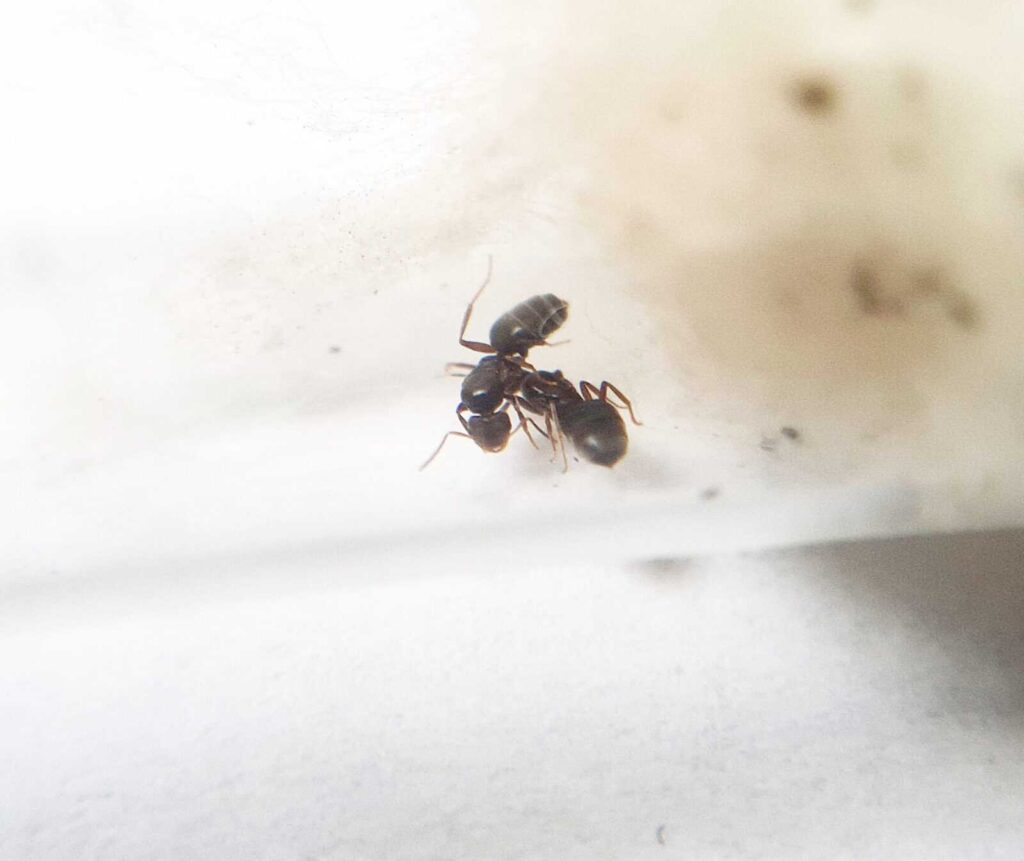

Reviews
Clear filtersThere are no reviews yet.